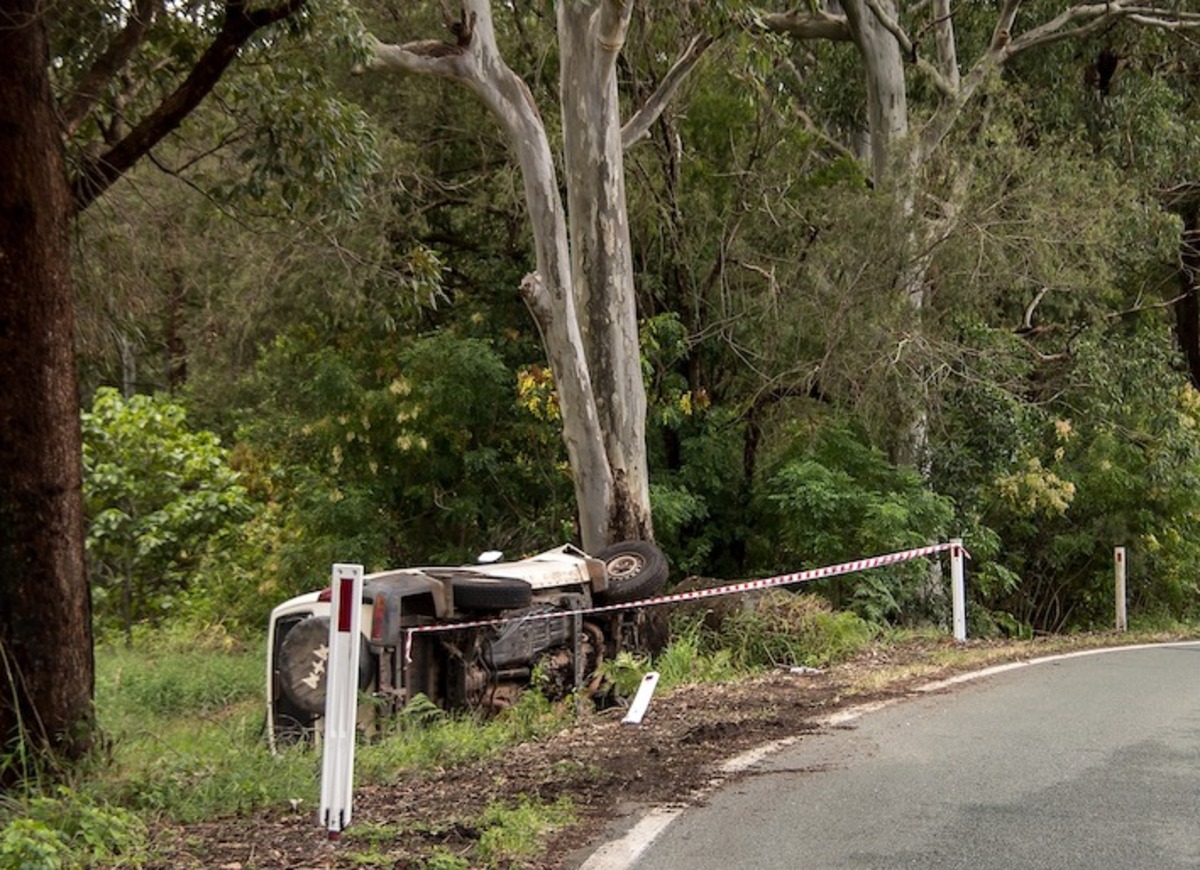Wet roads and high speeds mean more crashes
Staff Reporters
29 May 2025, 2:30 AM

Rainfall leads to more crashes on high-speed roads – with RAA revealing SA’s worst high-speed corridors for wet weather crashes, as Adelaide sees rain for the first time in months.
Almost one in five crashes on high-speed roads (80km/h+) occur when the road is wet – compared with just one in eight on lower-speed roads.
The worst high-speed roads in SA for wet weather crashes are Main North Road, the South Eastern Freeway, Port Wakefield Road and Main South Road.
Main North Road saw 242 wet weather crashes occur in the five years between 2019-2023.
RAA is reminding motorists to leave a three-second gap between them and the car in front, as stopping distances will increase by around one third when it’s raining, and turn their headlights on if visibility is low.
Staggeringly, crash data also shows 51 per cent of fatal crashes on wet roads in SA involve either drugs or alcohol.
A mind-blowing 38 per cent of fatal crashes on wet roads involved drug use between 2019-23, while 16 per cent involved alcohol. This compares with 17 per cent and 18 per cent respectively in dry weather.
RAA Senior Manager Road Safety Charles Mountain says this could be due to the combination of impaired reaction times and longer stopping distances.
“With rain returning after a long dry spell, the roads will be extra slippery due to the build-up of oil and other substances on the road,” Mr Mountain says.
“If you’re driving at 80km/h it will take your car almost 90 metres to come to a stop when it’s wet – compared with 64 metres if it’s dry. These distances are even greater when your tyres are worn.
“Remember to turn on your headlights when visibility is reduced – it helps other drivers, riders and pedestrians to see you from both the front and back.
“Drivers should be extra vigilant today to leave a safe distance between themselves and the vehicle in front – especially if you’re travelling at higher speeds.
“Remember to slow down to 25km/h if you see a stationary roadside assistance vehicle helping out a stranded motorist and displaying amber flashing lights.
Mr Mountain says an alarming number of drivers who are involved in crashes are found to have either drugs or alcohol in their system.
“If you’re driving under the influence – you’re putting the lives of other road users at risk,” Mr Mountain said.
“Even small amounts of alcohol can and will affect your driving ability and increase your chances of being involved in a serious crash.
“The fact more than half of fatal crashes in wet weather involve drugs or alcohol shows this is a recipe for disaster.”